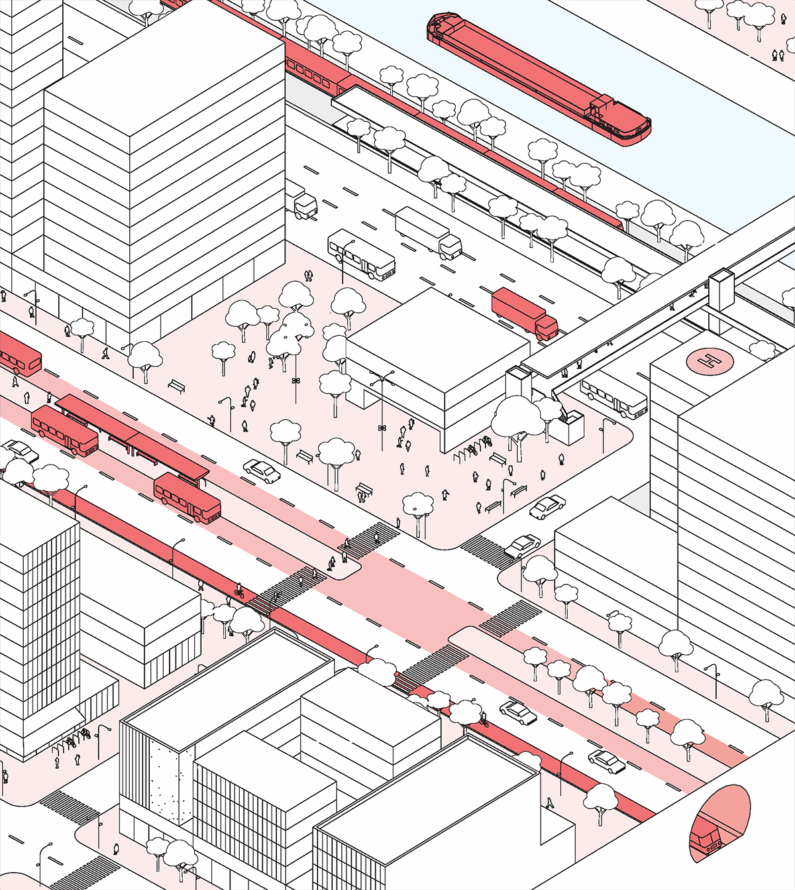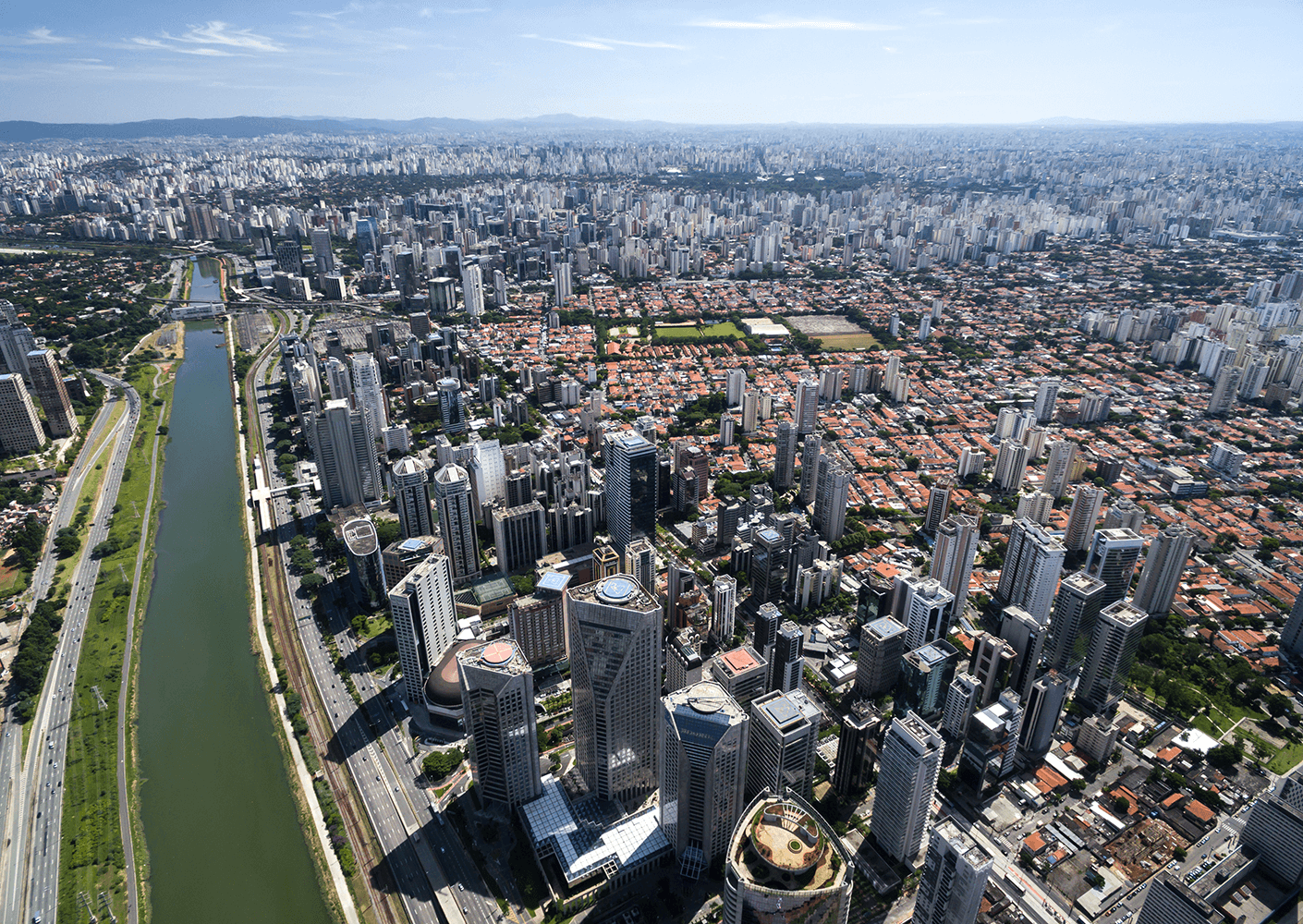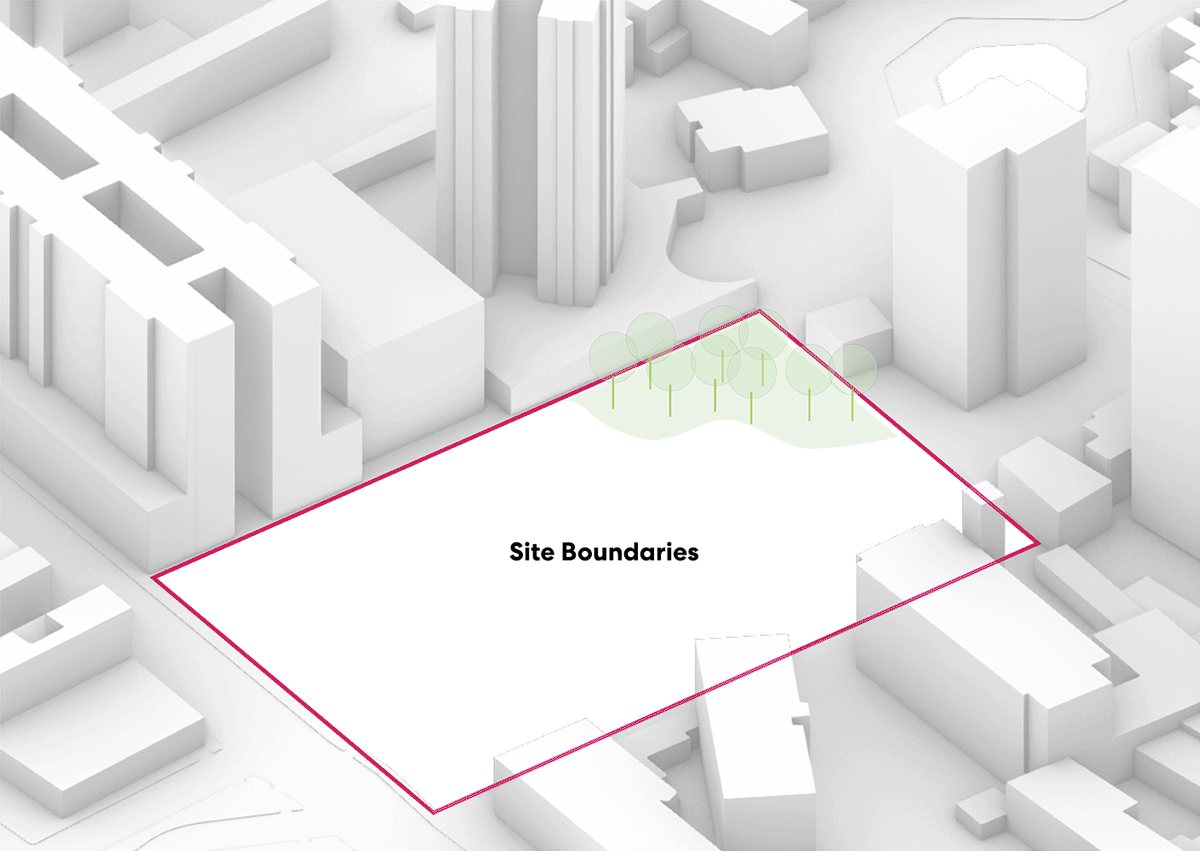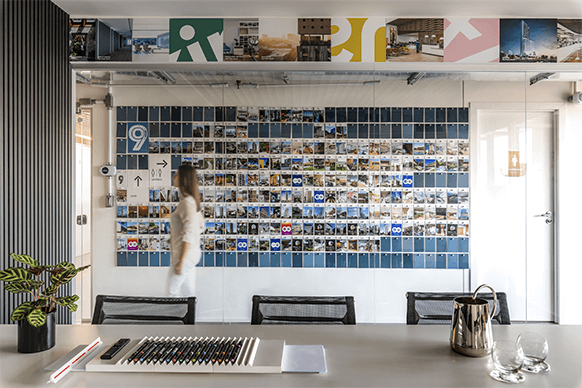By 2050, around 70% of the world’s population will live in urban areas, according to the UN-Habitat’s biannual report. The report discusses strategies to accelerate global progress towards sustainable development.
Rapid urbanization, combined with intense climate change, poses challenges for sustaining urban life. These challenges are particularly apparent in a megalopolis like São Paulo, which, with more than 22 million inhabitants, is among the most populous in the world. São Paulo faces a temperature increase of at least 0.5°C by 2040.
In theory, densification is a sustainable alternative for São Paulo and similar cities around the globe. According to urban economist and Harvard professor Edward Glaeser, a compact city is beneficial for the environment, culture, and education, since it limits urban sprawl and reduces emissions, allowing for a greater mix of ideas, values and cultures.
The most recent review of São Paulo’s Strategic Master Plan (2023) outlined the goal of transforming the capital into a compact city, reducing the distances between housing, work, leisure, and essential facilities, such as hospitals. A city maintains its urban character by balancing land use and promoting typological diversity. This ensures greater population density, especially on public transportation routes, which optimizes infrastructure and enhances urban life.





